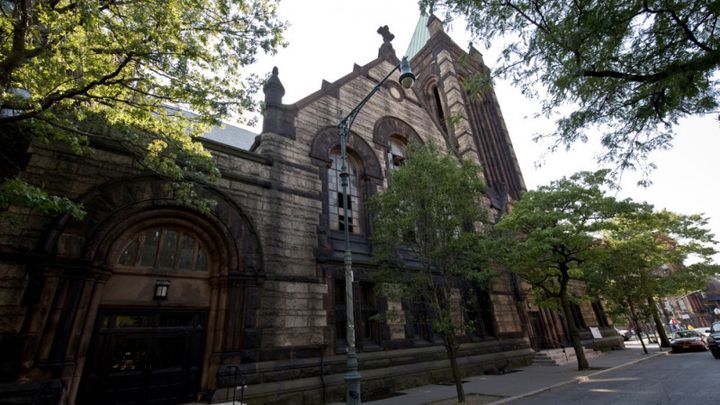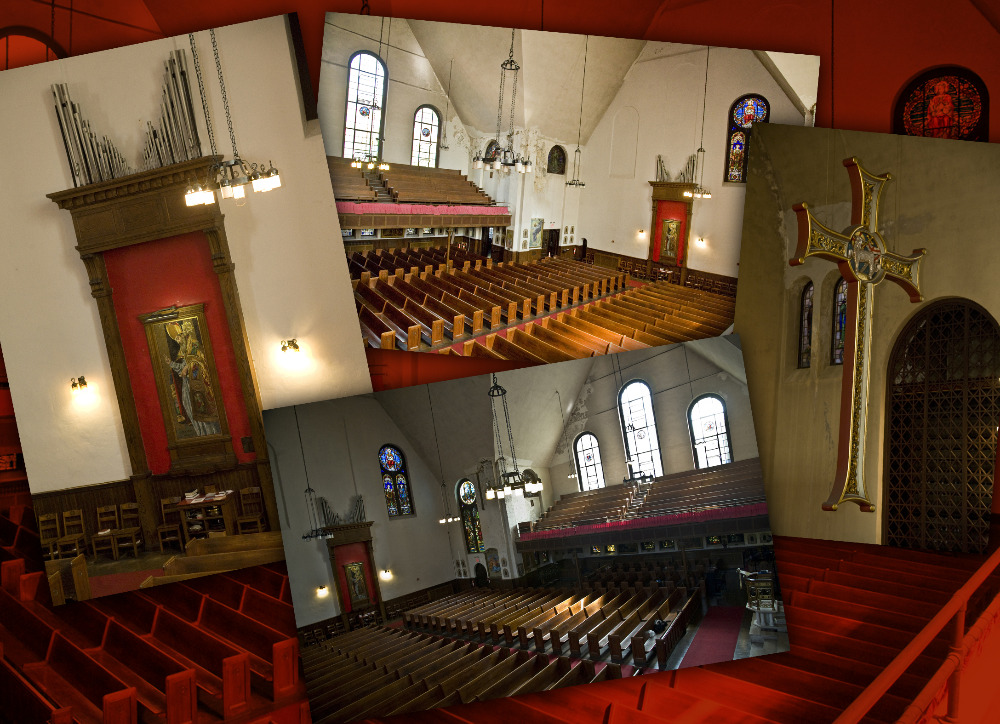
Save Historic Bells of St. Martin's
The Bells of St. Martin's Episcopal Church have been silenced after 70 years, the result of weather damage and degradation, yet the carillon remains a Harlem treasure, housed in this historic landmark.
• 42 Cast Bronze Bells, weighing over 31,000lbs.
• Bells were cast at the Royal Van Bergen Bell foundry in Holland. The Verdin Company acquired the Van Bergen Bell company, and will be contracted to do the restoration.
History
St. Martin’s members commissioned the manufacture and installation of a forty-two bell carillon in the late 1940s, made possible by small contributions from its congregation. The carillon was forged by the Van Bergen Bell Foundry in the Netherlands and installed in 1949, during the rectorship of the Rev. John H. Johnson. The second largest in the United States, the carillon has attracted visitors from all over the world and all walks of life. Among its most aristocratic guests were Queen Juliana of the Netherlands, who visited in 1952, and Queen Elizabeth the Queen Mother, who attended its dedication in 1954.
St. Martin’s is launching a capital campaign to raise funds to proceed with the restoration and preservation of this historic community landmark, which the NYC Landmarks Preservation Commission calls “undoubtedly the handsomest example” of the Romanesque Revival architectural style in all of Manhattan.
About the Church
St. Martin’s Church was erected in 1886, the work of architect William A. Potter. Called Holy Trinity Church at the time, it was home to an affluent congregation. In April of 1925, fire destroyed Holy Trinity, only the four walls surviving. The congregation decided to move to Inwood, and the Lenox Avenue property was deeded to the Diocese of New York. St. Martin’s was organized as a mission in 1928 and the first services were held in the Parish Hall in February.
St. Martin’s grew rapidly in the 1930s under the sponsorship of the City Mission Society and with the support of Bishop William T. Manning. This significant growth was due in part to the Caribbean migration to the United States. The waves of change coming to the U.S. “broke mainly on the shores of Manhattan” and the pews of St. Martin’s were filled with Caribbean newcomers. With Harlem becoming the largest West Indian community in the world, St. Martin’s Episcopal Church was soon known as “the Caribbean church.”



